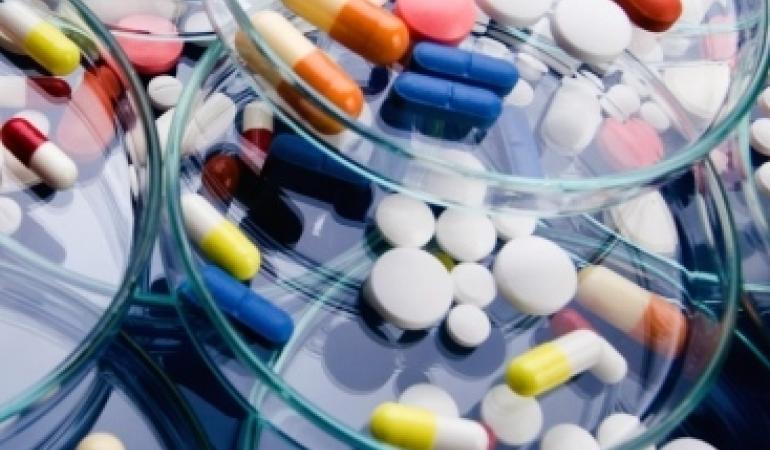
Medicinal products may be prescribed for other diseases, or groups of patients, than the ones that they are approved for. This is what we call ‘off-label use’, a practice which is legally permitted under certain conditions. Off-label use fulfils a medical need, but can still be improved in several ways. This has been illustrated in research conducted by RIVM .
Off-label use, for example, frequently occurs in the treatment of children or patients who have serious illnesses for which there is no approved therapy. The extent to which this course of action is taken differs per disease area but can be substantial. For some antipsychotics, between 52 and 60% are used off-label.
Permission
RIVM concludes off-label use of medicinal products can be improved. For example, in practice, doctors do not always inform their patients or ask for permission when prescribing medicines off-label, even though they are required to do so by law. Sometimes doctors are not aware of the fact that they are prescribing off-label medicines. Furthermore, it is important to make information about off-label applications more accessible to doctors and pharmacists; currently, this knowledge is fragmented and availability is patchy. It is also important to increase levels of awareness about the efficacy of these medicines by keeping track of their performance and recording any possible side effects of off-label use.
Patient information leaflet
Of course, it is preferable to make off-label use of a medicinal product ‘on label’. To do this, the drug manufacturer must take the initiative to provide proof of the product’s efficacy and safety of use to the government. If a manufacturer does not take this initiative, the off-label use is not mentioned in the patient information leaflet, which may confuse the patient.